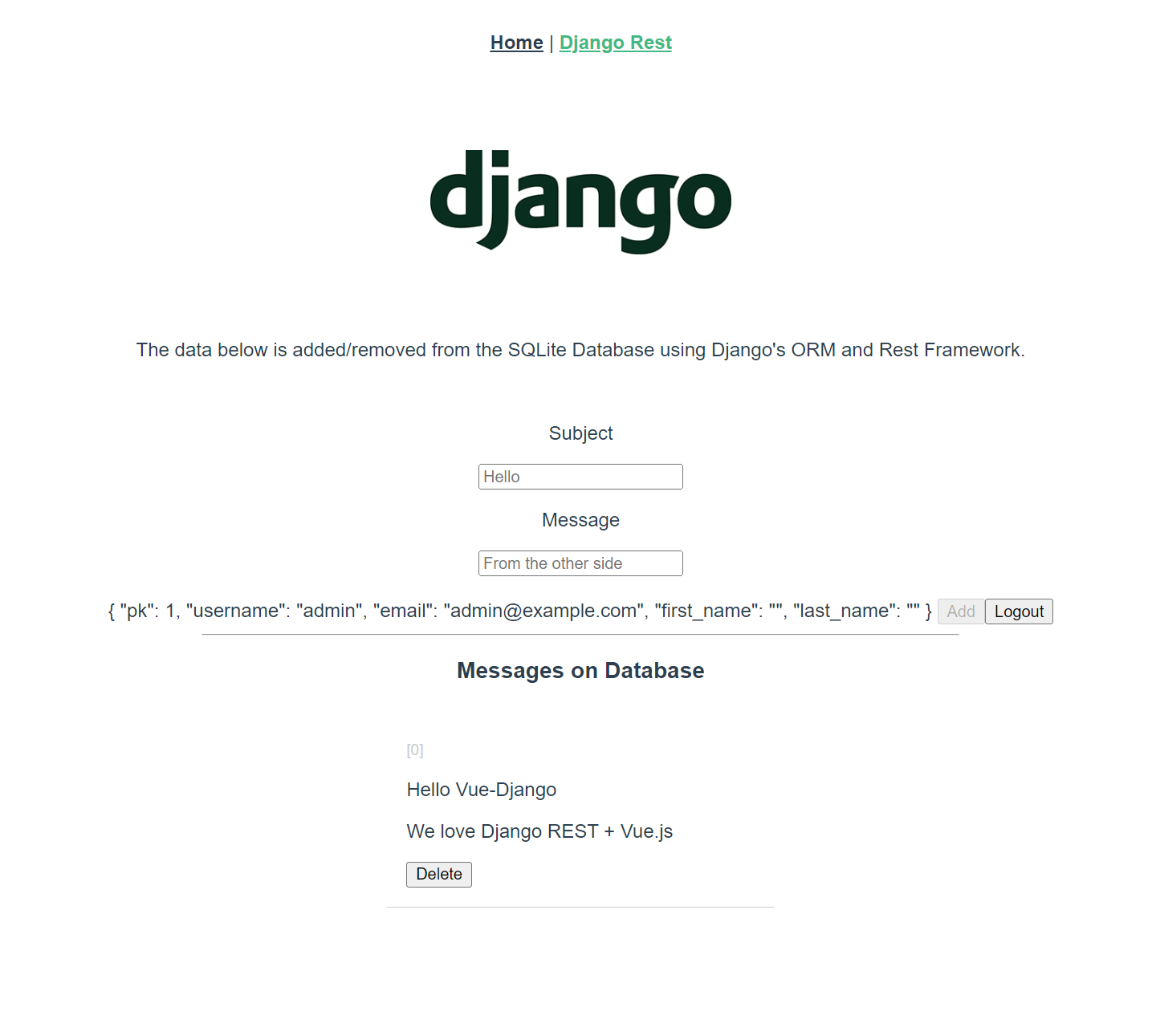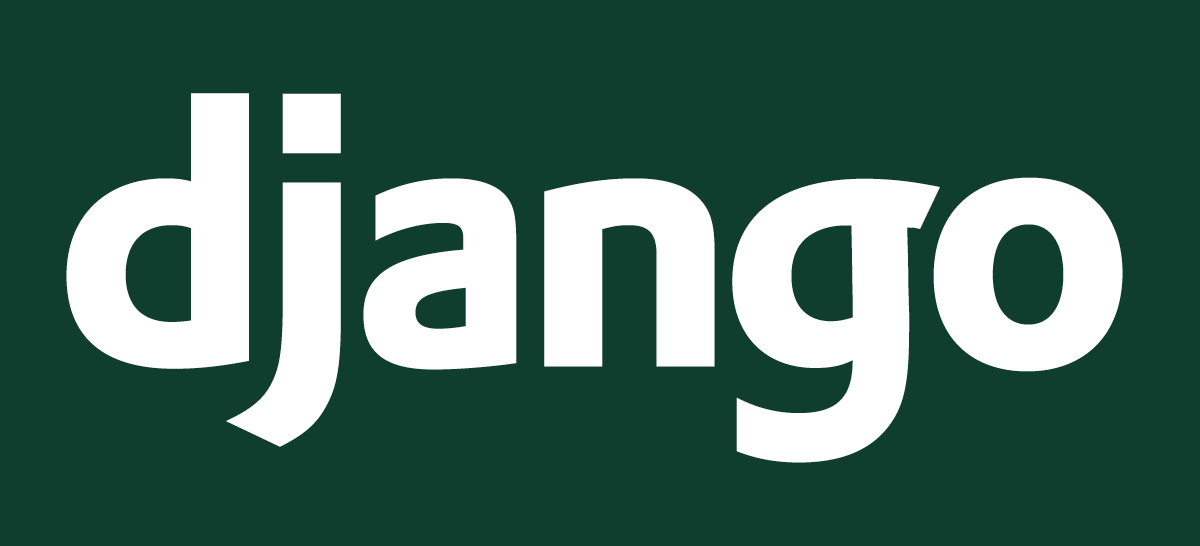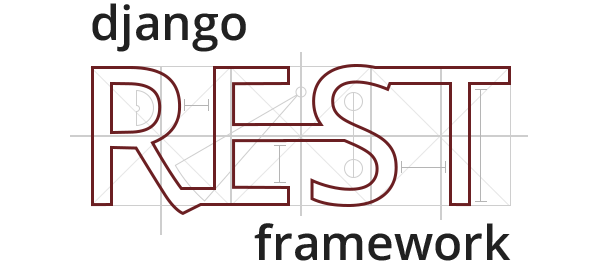In this codelab, you'll learn the basics about Django and Django REST Framework.
After a short introduction, we provide a selection of links to the official tutorials. They are carefully picked to cover the required parts to understand the project setup used during this course. Therefore, they do not always start at the beginning and propose to skip some steps. Naturally, you are free to also look at the optional tutorials to further extend your understanding.
|
|
Django is a high-level Python web framework that encourages rapid development and clean, pragmatic design. Built by experienced developers, it takes care of much of the hassle of web development, so you can focus on writing your app without needing to reinvent the wheel.
Django is "somewhat opinionated", and hence delivers the "best of both worlds". It provides a set of components to handle most web development tasks and one (or two) preferred ways to use them. However, Django's decoupled architecture means that you can usually pick and choose from a number of different options, or add support for completely new ones if desired.
Architecture
Django web applications typically group the code that handles each of these steps into separate files:

Django Administration
One of the most powerful parts of Django is the automatic admin interface. It reads metadata from your models to provide a quick, model-centric interface where trusted users can manage content on your site.
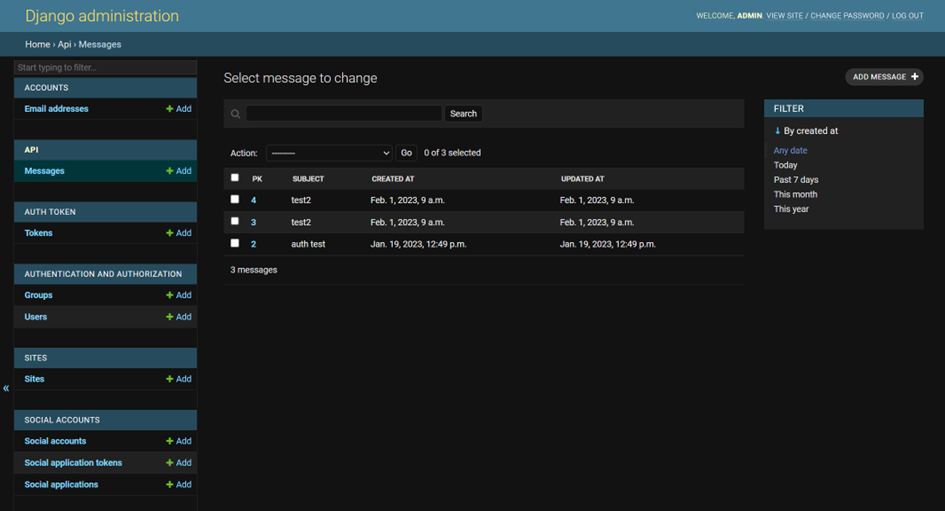
In this course we want to separate the client and the backend. Therefore, we are not using the Views/Template part of Django and instead replace it with a RESTful API consumed by the frontend Single Page App written in Vue.js.
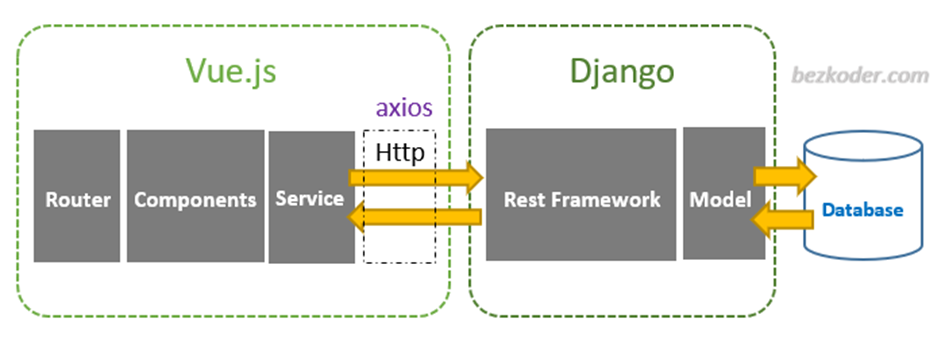
Source: https://www.bezkoder.com/django-vue-js-rest-framework/
Django REST framework (DRF) is a powerful and flexible toolkit for building Web APIs.
https://www.django-rest-framework.org/
- The Web browsable API is a huge usability win for your developers.
- Serialization which integrates with the Django ORM
- Extensive documentation
Django Request with DRF
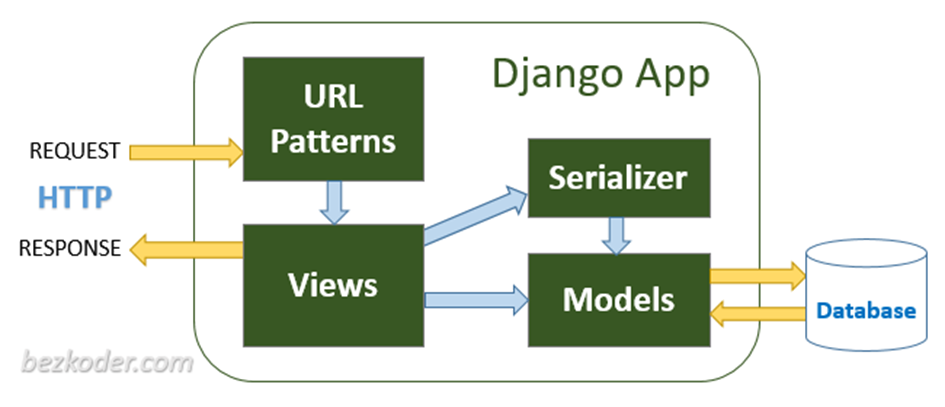
Source: https://www.bezkoder.com/django-rest-api/
- HTTP requests will be matched by Url Patterns and passed to the Views
- Views processes the HTTP requests and returns HTTP responses (with the help of Serializer)
- Serializer serializes/deserializes data model objects
- Models contains essential fields and behaviors for CRUD Operations with Database
The following concepts should be understood to successfully implement the project. A tutorial is provided, but it is encouraged to further look into the documentation for more details.
We assume that you already have python3 >= 3.8 installed
If this is not the case you can get the latest version of Python at https://www.python.org/downloads/ or with your operating system's package manager.
You then can install the latest version of Django with the following command:
python -m pip install Django
You are now all set to follow the tutorials.
Have fun learning Django!
Setting up a Django project and create an app
You will learn your first management commands to create a project and start a server.
Do: https://docs.djangoproject.com/en/5.1/intro/tutorial01/
Django Model and Migrations
You will learn how to create models and apply them to the database via migrations.
Do: https://docs.djangoproject.com/en/5.1/intro/tutorial02/
Django Administration Interface
In addition, you will discover the powerful Django Administration Interface
Basics : https://docs.djangoproject.com/en/5.1/intro/tutorial02/
To see more customization of the admin jump to:
Do: https://docs.djangoproject.com/en/5.1/intro/tutorial07/
Optional
The following concepts should be understood to successfully implement the project. A tutorial is provided, but it is encouraged to further look into the documentation for more details
Setting up
Follow the very quick start:https://www.django-rest-framework.org/tutorial/quickstart/
Or follow the official tutorial starting here:https://www.django-rest-framework.org/tutorial/1-serialization/
Serializer / ModelSerializers
You will learn how serializers allow you to transform data from Complex Django ORM objects to JSON and back. The first step towards building an API.
Do: https://www.django-rest-framework.org/tutorial/1-serialization/
Views and Class based Views
Following the official tutorial you will learn about basics elements to create your API. However, notice that there exists a simpler way to handle this: viewsets. They build upon these concepts, but simplify wastly the required written code. We will prefer viewsets for the project!
Do: https://www.django-rest-framework.org/tutorial/2-requests-and-responses/
Do: https://www.django-rest-framework.org/tutorial/3-class-based-views/
Authentication & Permissions
Building a writable API for the real world requires understanding how to protect it.
Do: https://www.django-rest-framework.org/tutorial/4-authentication-and-permissions/
ViewSets & Routers
Using viewsets can be a really useful abstraction. It helps ensure that URL conventions will be consistent across your API, minimizes the amount of code you need to write, and allows you to concentrate on the interactions and representations your API provides rather than the specifics of the URL conf.
Do: https://www.django-rest-framework.org/tutorial/6-viewsets-and-routers/
CORS
Cross-Origin Resource Sharing (CORS) is an HTTP-header based mechanism that allows a server to indicate any origins (domain, scheme, or port) other than its own from which a browser should permit loading resources.
If this is not configured correctly on the server a browser will block requests from a different domain or localhost of your JavaScript application.
- https://www.stackhawk.com/blog/django-cors-guide/
- https://developer.mozilla.org/en-US/docs/Web/HTTP/CORS
Other Full Tutorials
Take a look (and try to run) the provided sample application integrating all the presented concepts in one repository.
https://github.com/heg-interschool/template-django-vue
A simple Model of a message which can be edited only by an authenticated user
Includes:
- Django
- Django REST framework
- Django CORS Headers
- Login via django-allauth headless
- Vue 3 created with Vite
- Vue Router
